Apple products are known for invasive yet convenient features–Face ID, Keychain, and AirDrop being some of the more notable ones–but the Apple Watch emergency dial feature might be the most useful one of them all.
If you’ve had the pleasure of setting up an Apple Watch from scratch, you know that the Healthcare app asks some invasive questions. This app, among other things, is responsible for curating a list of emergency contacts (something you can also populate via the Contacts app on your iPhone)–and this list might save your life if you take an unexpected tumble, at least if you have a Series 4 or 5 watch.
The way the feature works is relatively simple: If the watch senses that a user has rapidly or heavily fallen, it will initiate a haptic pulse along with a message asking the user to confirm that they are okay. Should the user fail to address this notification, the watch will call emergency services–and the user’s emergency contact list–with details including the user’s GPS coordinates.
The fall detection feature has reportedly worked for a few Apple Watch owners, one of whom passed out and didn’t wake up until emergency services arrived.
It is worth noting that the Apple Watch has another potentially life-saving feature: an ECG attached to the Heart Rate app. In theory, the Heart Rate app can detect abnormalities in one’s heartbeat and warn the user of an impending issue such as a stroke or a heart attack. Anyone who owns an Apple Watch knows that the Heart Rate app can be finicky, but Apple seems likely to continue tweaking this app as the watch ages.
While several owners have publicly attested to the effectiveness of these features, this shouldn’t be taken as an endorsement of the Apple Watch’s ability to save a life. An Apple Watch is still, first and foremost, a novelty–one that won’t always perform the way it’s meant to.
Future iterations of the watch–starting with the Series 6–are expected to expand on these medical features by adding monitoring for blood oxygen levels as well as improvements on existing features.
Jack Lloyd has a BA in Creative Writing from Forest Grove's Pacific University; he spends his writing days using his degree to pursue semicolons, freelance writing and editing, oxford commas, and enough coffee to kill a bear. His infatuation with rain is matched only by his dry sense of humor.
































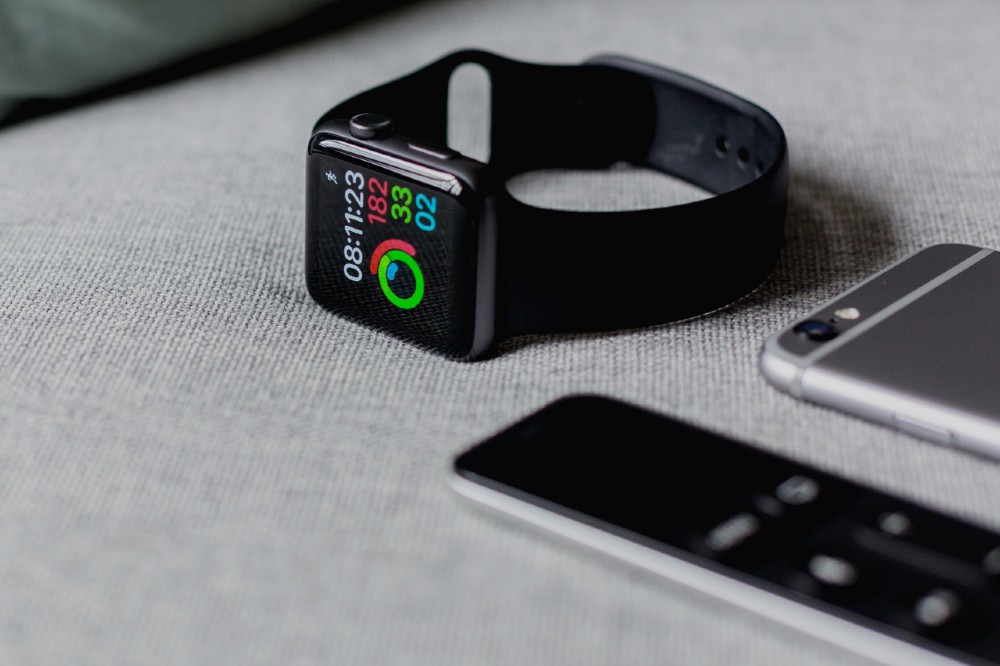




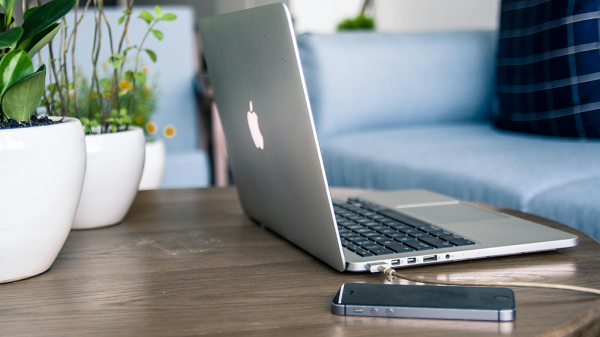



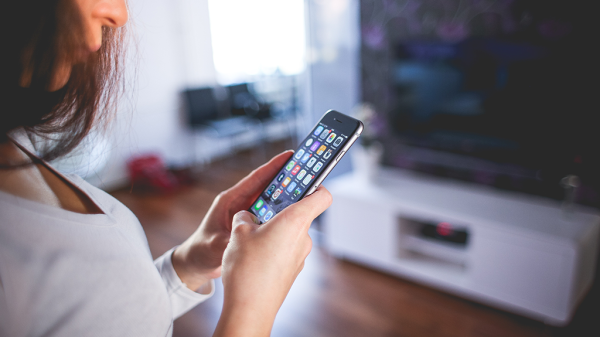

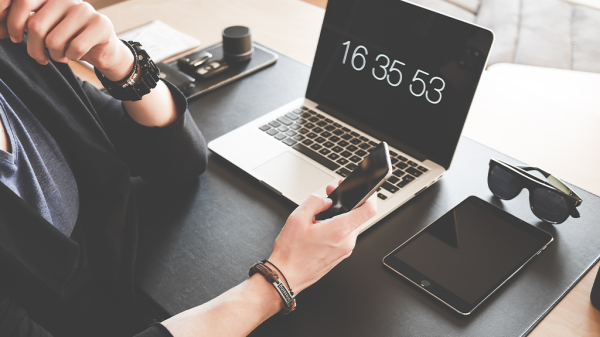
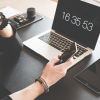
Pingback: Google Glass didn't succeed, but Apple's AR glasses might
Pingback: Google Glass didn't succeed, but Apple's AR glasses might - Appleshub
Pingback: New Apple Watch is awesome, but past watches could be just as good for cheaper